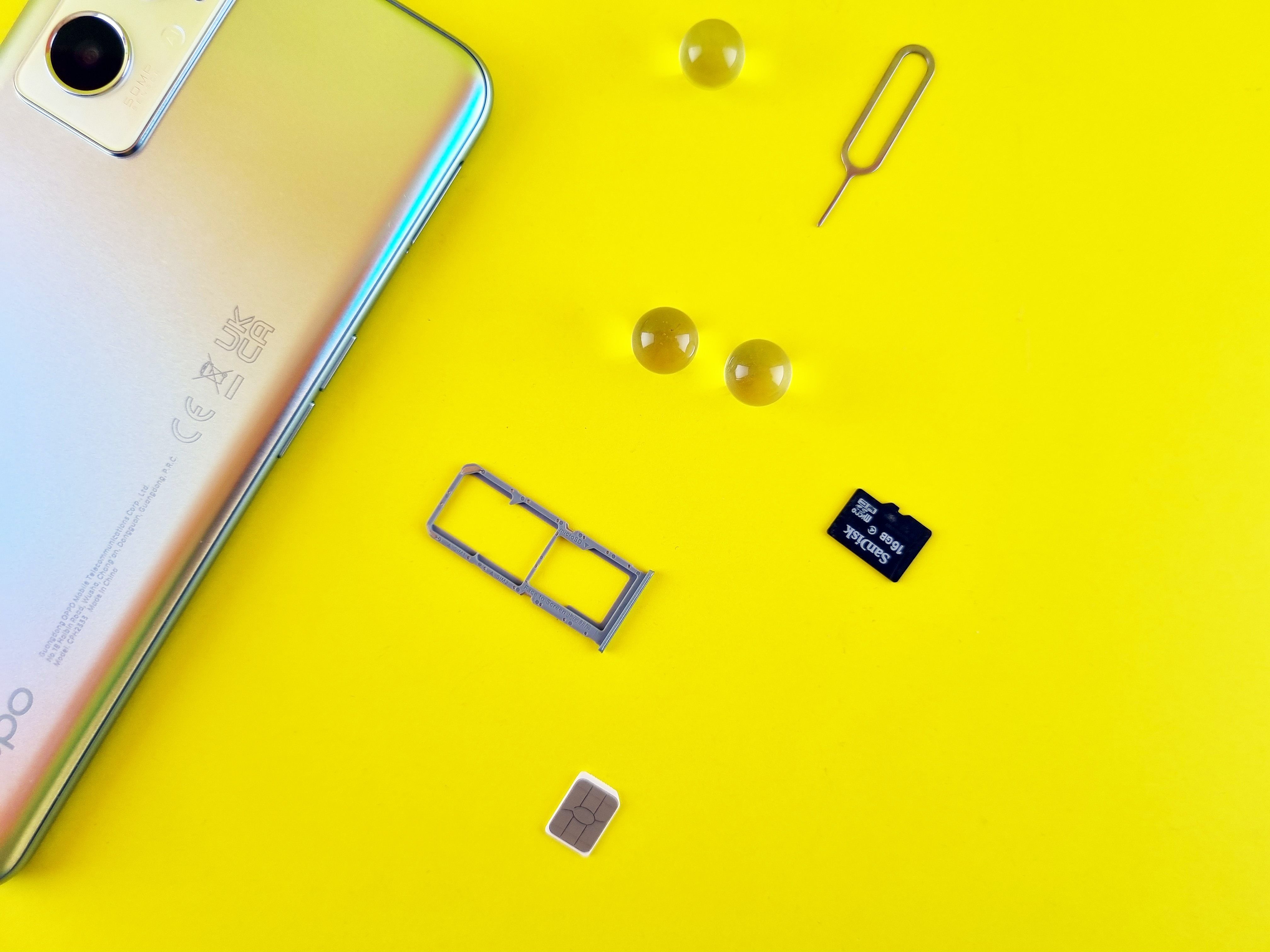As the world evolves, staying connected becomes a necessity. Traditional SIM cards have been the backbone of mobile communication for decades, but now, a new player is in town - the eSIM. So, what distinguishes the two?
The primary distinction between eSIM and a physical SIM is that eSIM is permanently attached to the phone's motherboard (or other device). In contrast to a standard SIM card, no SIM insertion is required and no removal. Also, with virtual eSIM's data rewriteable ability, switching carriers or changing phone numbers is still possible. For your benefit, let's investigate the worlds of SIM and eSIM.
Instant Connectivity
Traditional SIM cards require you to order a physical card, which consumes time and is a bit inconvenient. If you lose or have it stolen, your data might be at risk.
On the opposing side, eSIM offers instant unlimited internet connectivity. To purchase eSIM online and activate it is a breeze. Global eSIM service providers typically send you a personal activation code via email, which you can scan to get connected within minutes. It's quick, simple, and hassle-free.
Accessible Digitally, Anytime, Globally
The digital aspect of eSIM is one of its distinguishing characteristics. You can sign up for eSIM data and call a data-only plan conveniently. Whether travelling, dining out, or waiting for your train, you can access a global eSIM plan online without any physical SIM card hassles.
For intrepid tourists, eSIM for travel is a game-changer, making switching to roaming simple and inexpensive, guaranteeing universal connectivity.
